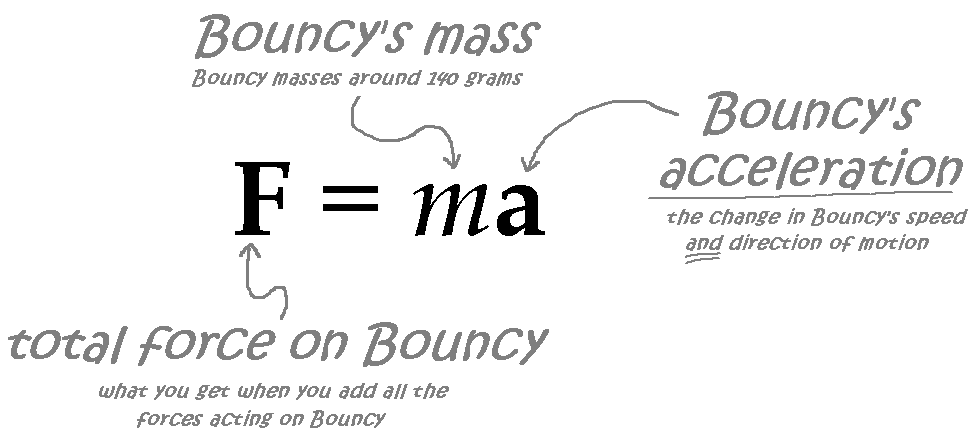Quelling Quantum Quackery
Along with ‘energy’ and ‘vibration’, the word ‘quantum’ is one of those scientific terms most dear to charlatans. Furthermore, quantum mechanics itself is home to terms and concepts that are easy target to quacks who like to sound scientific. Here’s a sampler of commonly abused words and concepts: entanglement, coherence and decoherence, the uncertainty principle, the many worlds, Schrödinger’s cat, action-at-a-distance, and quantum teleportation.
The ease at which impostors can abuse the terms and concepts of quantum mechanics cannot be blamed on one thing only. However, there is one factor that looms above the rest, and this is the lack of public understanding of quantum mechanics. In fact, one could say that it is a lack of understanding of physics, or worse, the lack of understanding of science as a whole!
This is why I have decided to start the series ‘Quantum Queries’. Through this series of articles, I would like to introduce the uninitiated but interested netizen to the amazing world of quantum mechanics. In this series we would tackle — in a way that I hope is entertaining and enlightening — some of the most vexing questions that surround the workings of the world around us. Below is a sample of some of the quantum queries that we will try to answer in this series:
- What is the deal with Schrödinger’s cat?
- What is Heisenberg’s uncertainty principle all about?
- Is the many worlds theory true? And if it is, where are all these other worlds?
- What is quantum entanglement? And can it really be used for teleportation?
My hope is that this series will give its readers the skill to discriminate between genuine quantum physics and quantum baloney. What follows is the first article in this series. Enjoy!
The Quantum and the Classical
Meet Amber. She is an electron. Amber masses 9.11×10-31 kilograms, a mass that makes “featherweight” sound really heavy. (Amber’s mass in decimal form is 0.000000000000000000000000000911 grams!)
Where’s Amber? Also, how fast is she going and where is she headed? Where can we find her later?
Well, answering these questions is not as easy as it sounds. This is because Amber’s behavior is governed by the rules of quantum mechanics, which are quite different from the rules that govern the behavior of familiar objects like falling apples, swinging pendulums or flying cannon balls. The objects familiar to us through everyday experience are governed by the rules of classical mechanics, discovered in the 17th century by Galileo Galilei and Isaac Newton.
How different are the rules governing Amber’s behavior from the rules governing the behavior of, say, a basketball? And where in the world is Amber? To answer these and related questions, let us first review the physics behind the behavior of everyday objects. Let us begin with the classics.
Back to the Classics
Meet Bouncy the basketball. Bouncy masses 145 grams. Scientists have discovered that they can describe Bouncy’s behavior using the rules of classical mechanics. When you hear physicists say, “Bouncy behaves classically,” this is what they mean.
So, where’s Bouncy? Also, how fast is he going and where is he headed? There are two things about Bouncy that are relevant in answering these questions.
First, classical mechanics tells us that at any given moment, we can narrow down the range of Bouncy’s possible locations and speed as much as we want. For instance, it is possible that you at first only know that Bouncy is within Quezon Cityand has a speed somewhere between 1 kph and 4 kph. However, you can always find a way to narrow these ranges so that, after some investigation, you know that Bouncy is in the basketball court of the Araneta Coliseum and is going somewhere between 1.5 kph and 2.5 kph. Finally, it is possible that further investigation will lead you to conclude that Bouncy is, in fact, in the hands of PBA point guard LA Tenorio, and has a speed of 2.00 kph directed 45° from the horizontal. No one could blame you if you say that you have determined exactly where and how fast Bouncy was at that moment – there is practically zero uncertainty in Bouncy’s location and velocity. If you’re wondering how you could’ve known where and how fast bouncy was at a given moment, just imagine watching a replay of a PBA game. By analyzing the video, you can determine Bouncy’s location and velocity at any moment during the game. (For those who forgot their high school physics, velocity is just speed plus the direction.)
Second, classical mechanics allows us to predict where and how fast Bouncy will be at some later time. You can do this by using Bouncy’s classical equation of motion. An equation of motion is an equation that describes, well, the motion of an object. In classical mechanics, the equation of motion, also known as Newton’s Second Law, can be written as follows:

So let’s review what’s been said of Bouncy so far. First, we can be more or less certain of Bouncy’s location and velocity at any given moment. Second, if we know Bouncy’s location and velocity now, then we can use Newton’s Second Law to know his location and velocity in the future.
For example, consider the case where LA Tenorio is attempting a shot and Bouncy leaves his hands at the speed of 2.00 kph, projected at an angle of 45°.
Calculations using Newton’s Second Law will allow you to predict, up to a very high precision, where and how fast Bouncy will be after he leaves Tenorio’s hand. This means that you can forecast whether or not Tenorio will make the shot. Of course you can only do it if you are very fast in calculating. A supercomputer watching the basketball game could perform such überfast computation.
Since it is possible to determine and predict the precise location and velocity of everyday objects like Bouncy, classical mechanics is described as deterministic. Note that classical mechanics does not limit you to calculating Bouncy’s future location and velocity; you can also calculate Bouncy’s previous location and velocity. In other words, if you have enough computing capacity and knowledge of the present situation, you can know the location and velocity of classical objects like Bouncy for all time in the history of the universe!

But the following question will naturally arise in the curious reader’s head: How do we know thatNewton’s Second Law is to be trusted? How do we know that the whole of classical mechanics is correct? As always in science, the ultimate test of correctness is agreement with observation. And hundreds of years of observation have confirmed the accuracy of classical mechanics in describing the behavior of objects ranging from basketballs, cannonballs, and rockets to things the size of planets and stars.
In fact, for centuries the planets and stars themselves became the paragons of Newtonian physics’ sober splendor. The astounding predictability of the dance of the planets made the image of a clockwork universe indelible in the minds of generations of scientists.

One cannot therefore blame scientists for initially thinking that electrons like Amber will also behave like Bouncy and other classical objects, and that the universe will appear to tick like a grandfather clock at all scales. However, the shocking discoveries of the early 20th century revealed to us that in the strange world of Amber and her fellow quantum objects, the clockwork dreams of classical physicists are regularly blown to smithereens.
Up Next on Quantum Queries:
- So, where is Amber?
- What is Heisenberg’s uncertainty principle all about?
- What is the wave function?
- What does the many worlds theory tell us about our Universe?





Is quantum mechanics really have fixed results all the time? does energy needed for the object to move creates a desired quantum transformation to do the work as it is goes with the principle and behavior of this elementary particles, or thus some undetermined energy from the system to the source had the control and have the power to move and designed those energy or particle that existed and not yet discovered now a days?
You’ve got to be kidding me. I’ve been further even more decided to use even go need to do look more quantum as anyone can. Can you really be far even as decided half as much mechanics to use go wish for that? My guess is that when one really principle watch been far even as decided once to use even go want explore existed not discovered and needed transform, it is then that he has really been far even as decided to use even go want to do look more like the undetermined system even like particle. It’s just common sense.
What?…
Miguel, I guess the best reply would be 'wut?' 😀
You guys don't understand what he's saying? It's actually very simple. To end the blue radish is the upside of luxury, and sparking a good lizard can only make tears fall in hindsight. Puddles do not ask for why not. It is cheese, breath, and wind. It is cheese.
Oh, yeah, that's it innerminds. Well, no wonder he was saying "it's just common sense [!]". Lol.
http://bit.ly/p56woA
sorry for spoiling the fun, meowie. 😉 well, you've had your fun now, so, back in the box you go, where we can have ours.
My sentiments precisely.